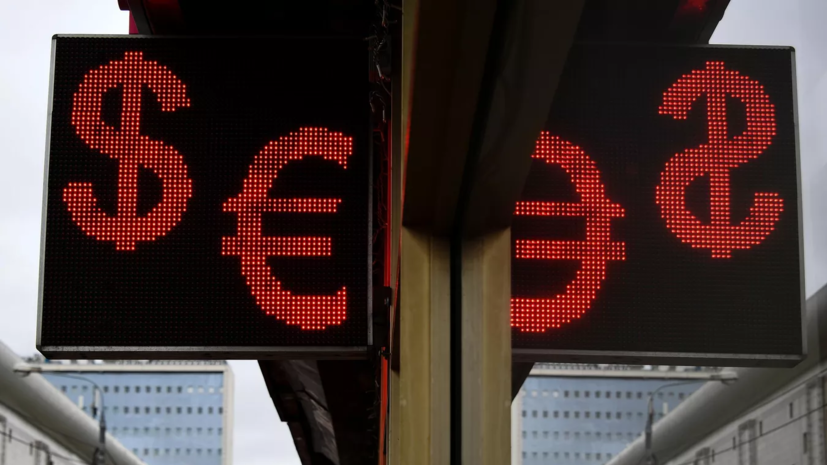According to the expert, the share of trading in dollars and euros is decreasing, and the share of the yuan is growing strongly.
"It turns out that the volume of supply and demand in the domestic Russian market is decreasing. When you don't have very many buyers and sellers, then you can get very big rate jumps. Since it is a market, it is not indicative, it does not have a "corridor" and a fixed rate ... Accordingly, if someone suddenly goes out and buys relatively many dollars, then the dollar grows very quickly. That is, this has nothing to do with global trends," the economist explained.
He noted that the share of use in foreign trade of the dollar and the euro "tends to zero", while "the yuan is in our reserves" and, as Ginko explained, are used in foreign trade.
"We will just need to refuse to monitor the dollar and the euro, because they will not affect anything," the expert emphasized.
Russia has them neither in reserves, nor in foreign trade will soon be, the interlocutor of RT added.
"Our turnover with the yuan is greater than with the dollar and the euro, and the ratio of the ruble exchange rate to the yuan should be in the first place," Ginko said.
He also drew attention to the fact that individuals and companies "have balances" in dollars, but they are not involved in economic turnover.
"We do not invest in dollar instruments because we are afraid of a freeze. As a result, further trading volumes (in dollars and euros. - RT) will decrease, and against this background we can see very different jumps, "the RT interlocutor concluded.
Earlier it became known that the dollar rate during trading on the Moscow Exchange on Monday, April 3, rose above 78 rubles for the first time since April 20, 2022.
The euro rose to 84.85 rubles.

